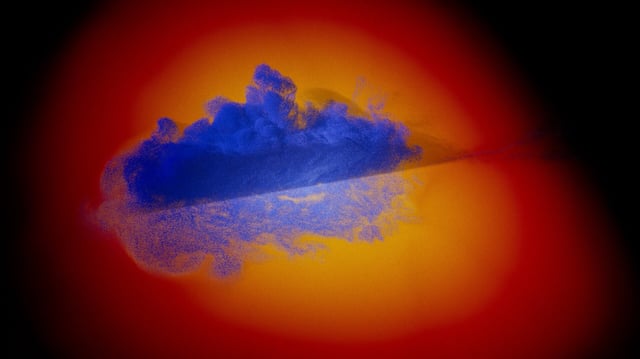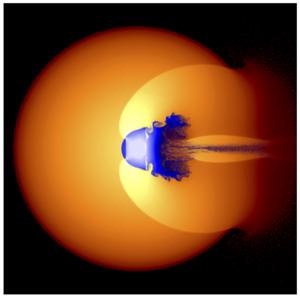Overview
- The study, published in Monthly Notices of the Royal Astronomical Society, reports that no simulated giant impact produced a dilute core in Jupiter.
- Researchers used the REMIX smoothed particle hydrodynamics method on the DiRAC COSMA supercomputer with the SWIFT code to test a wide range of impact conditions and interior models.
- Across all scenarios, heavy rock and ice displaced by impacts quickly re-settled, yielding a differentiated core with a sharp boundary rather than a smooth gradient.
- The findings challenge earlier claims that a head-on collision by an approximately 10 Earth-mass body could create Jupiter's observed interior structure.
- The authors note a key limitation in not modeling sub-particle chemical mixing, and they point to Saturn's similar dilute core and possible implications for interpreting gas-giant exoplanet interiors.

